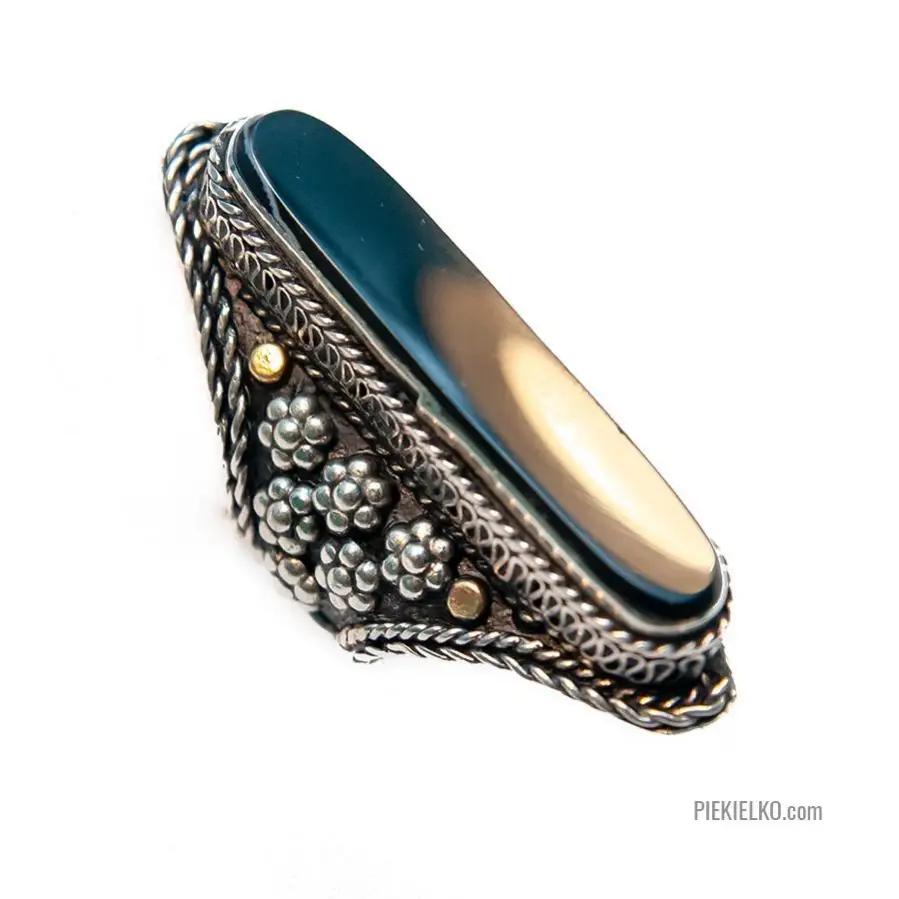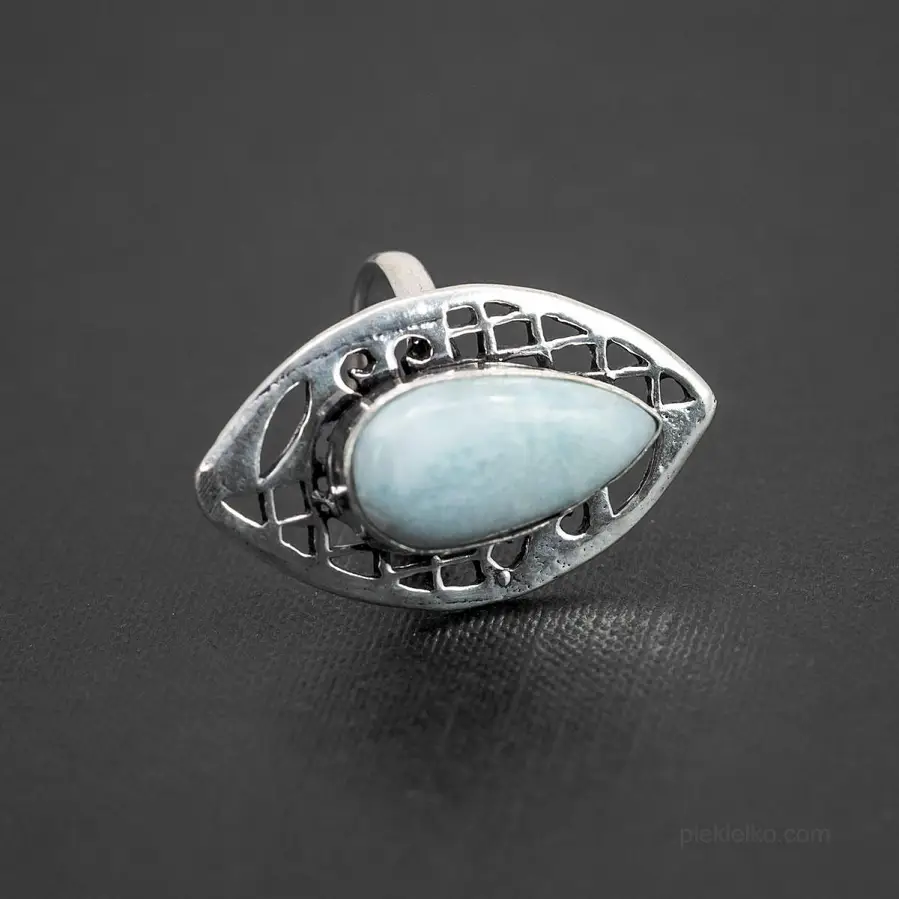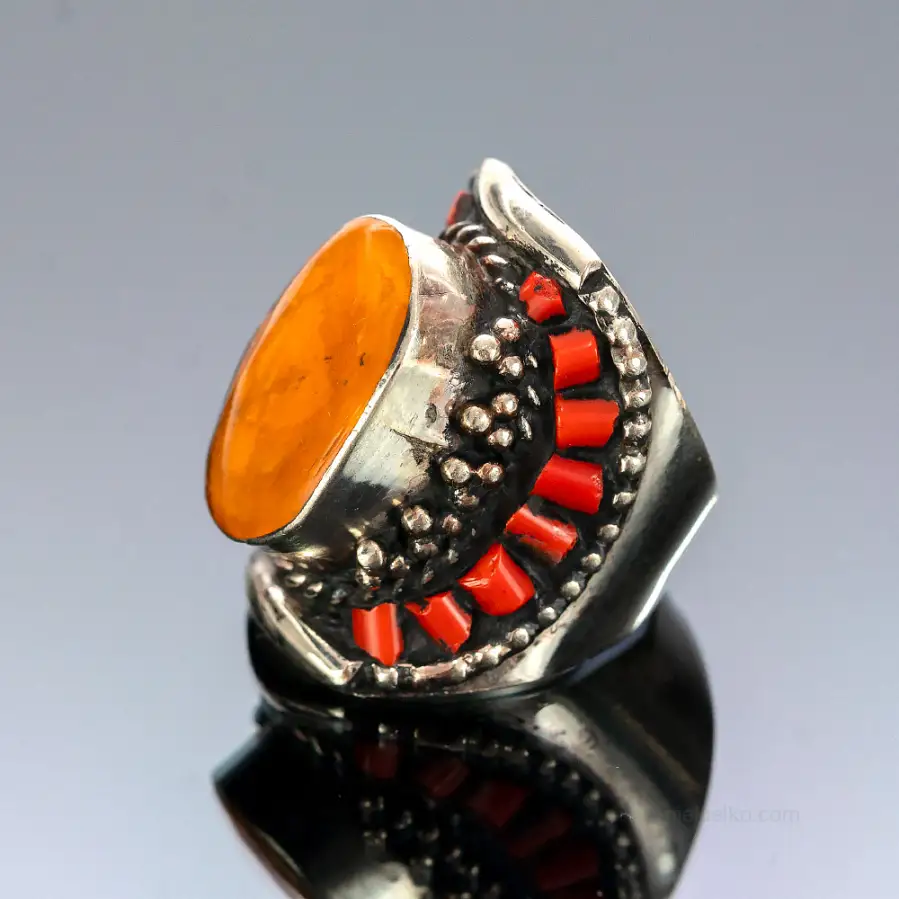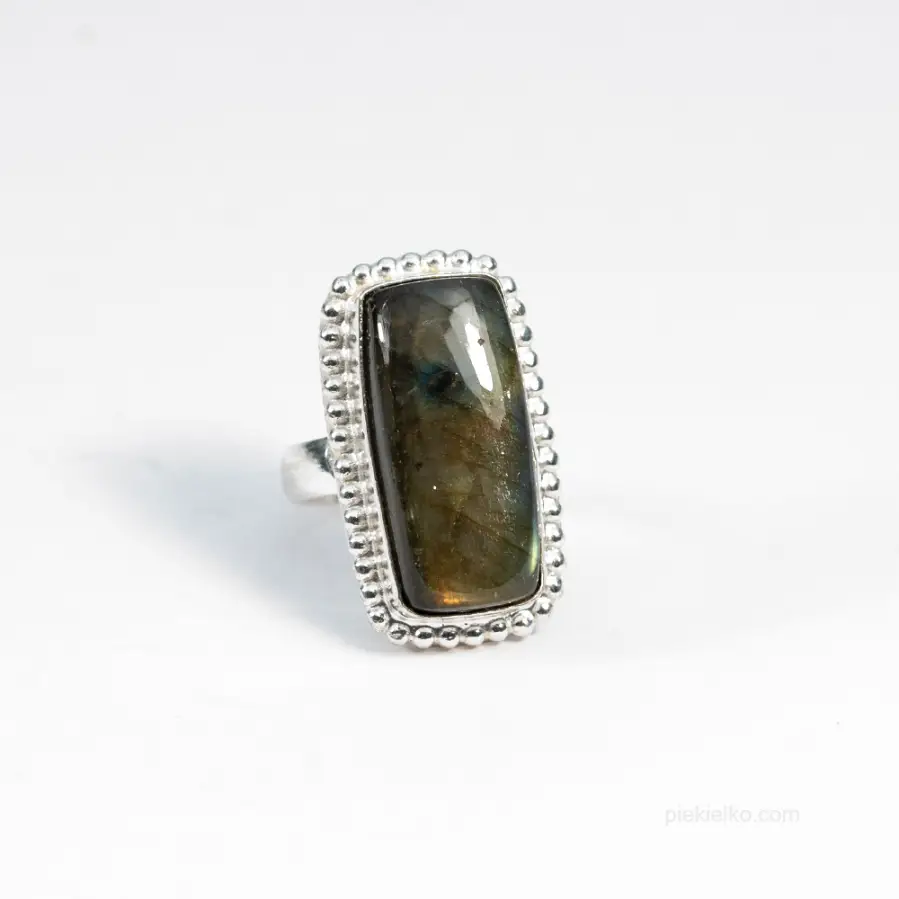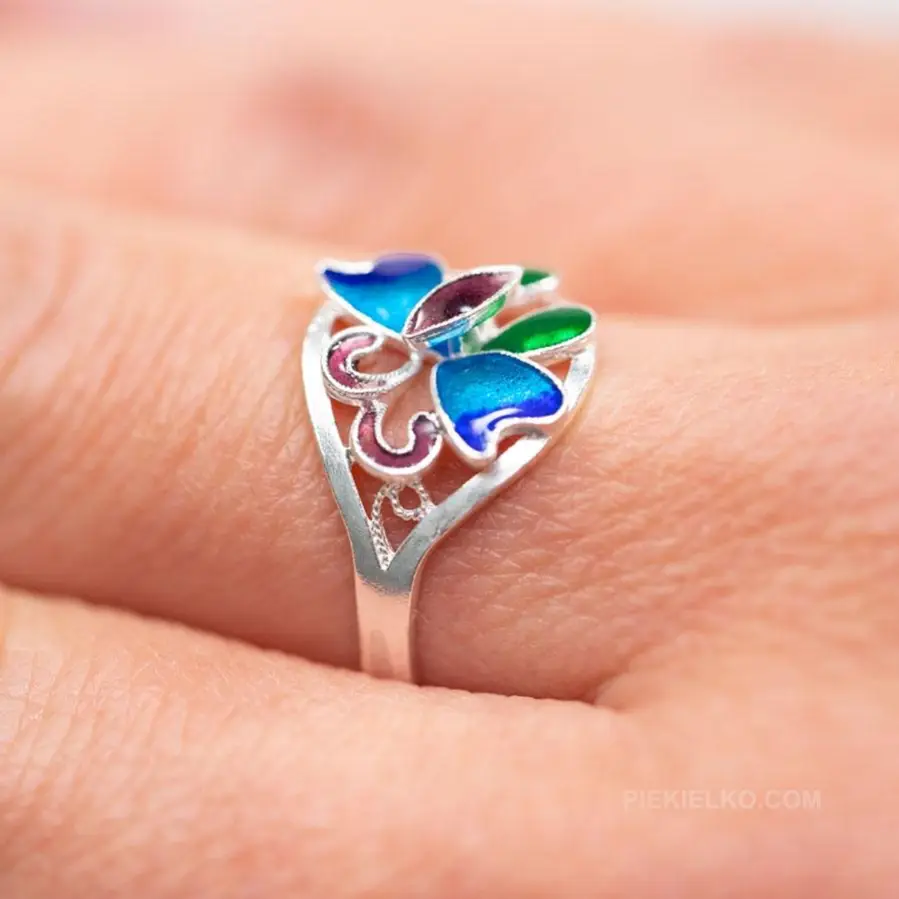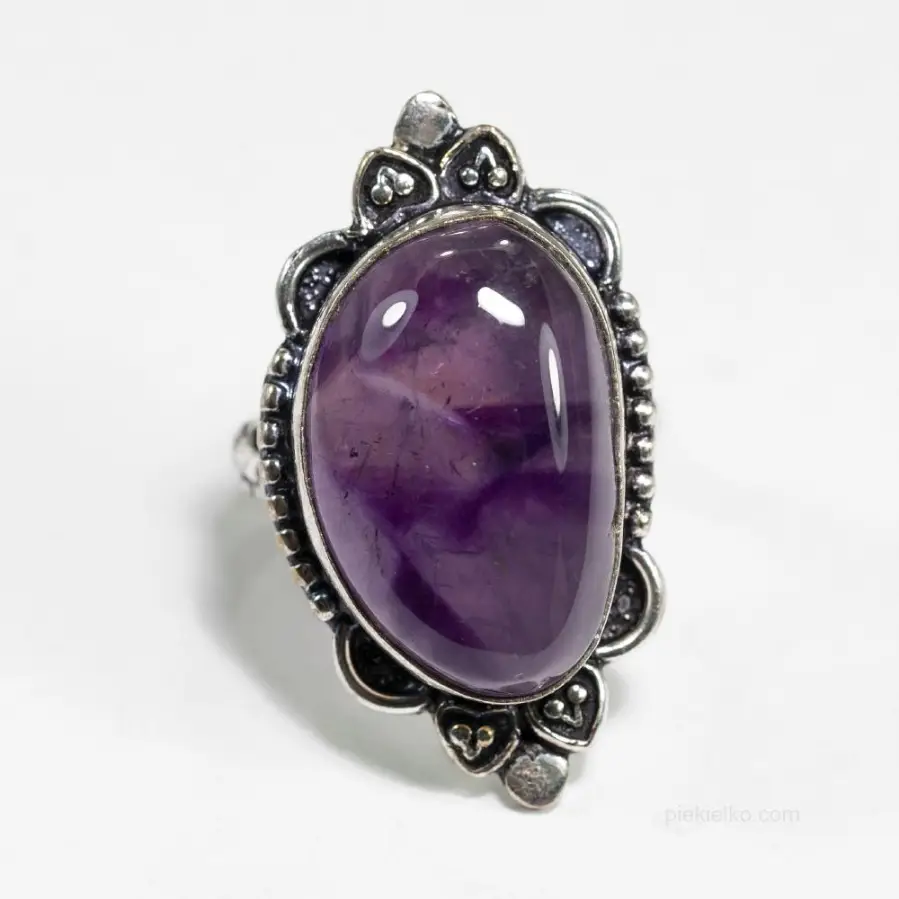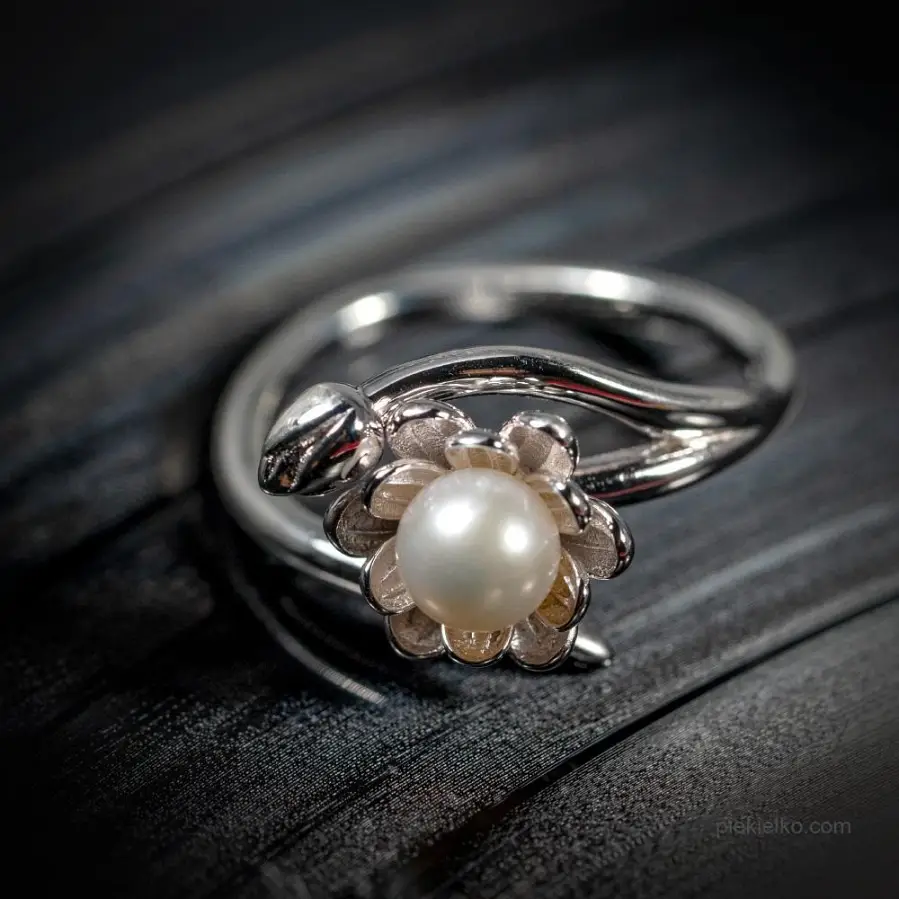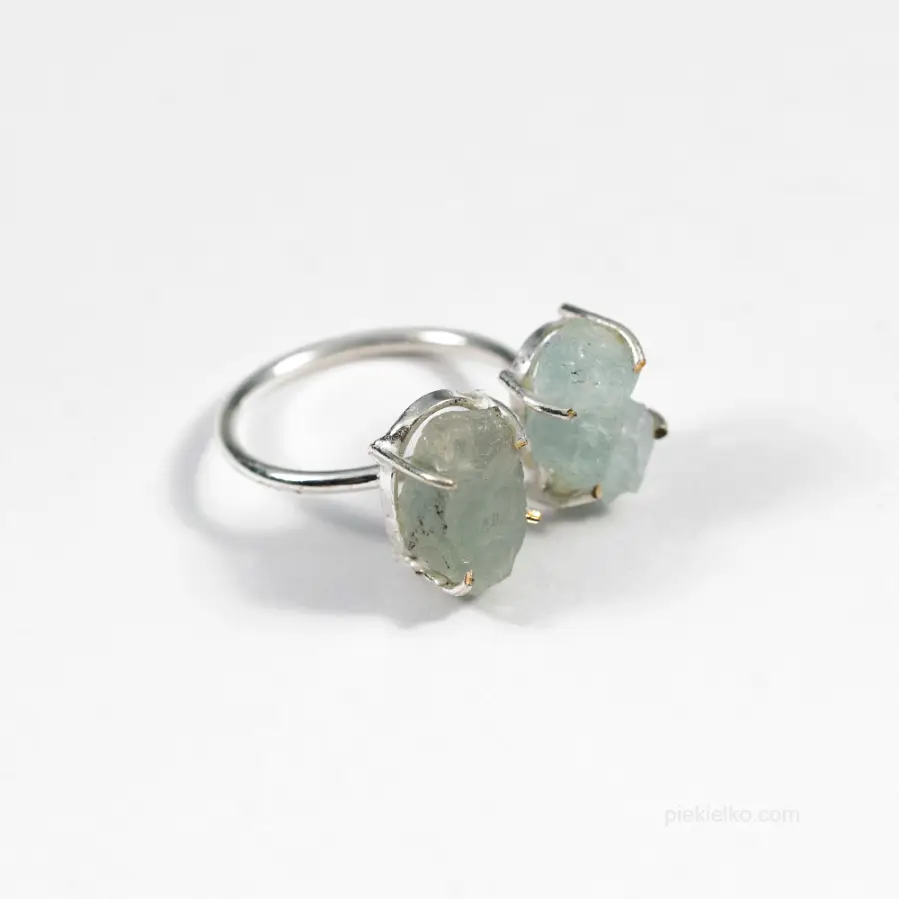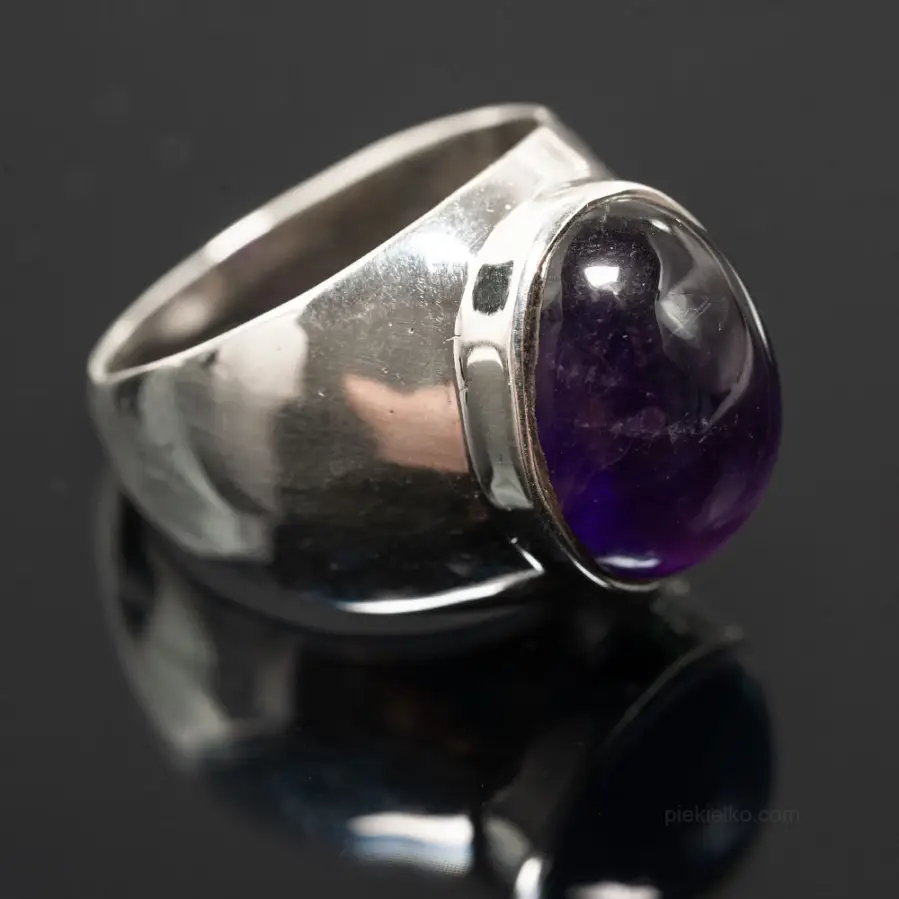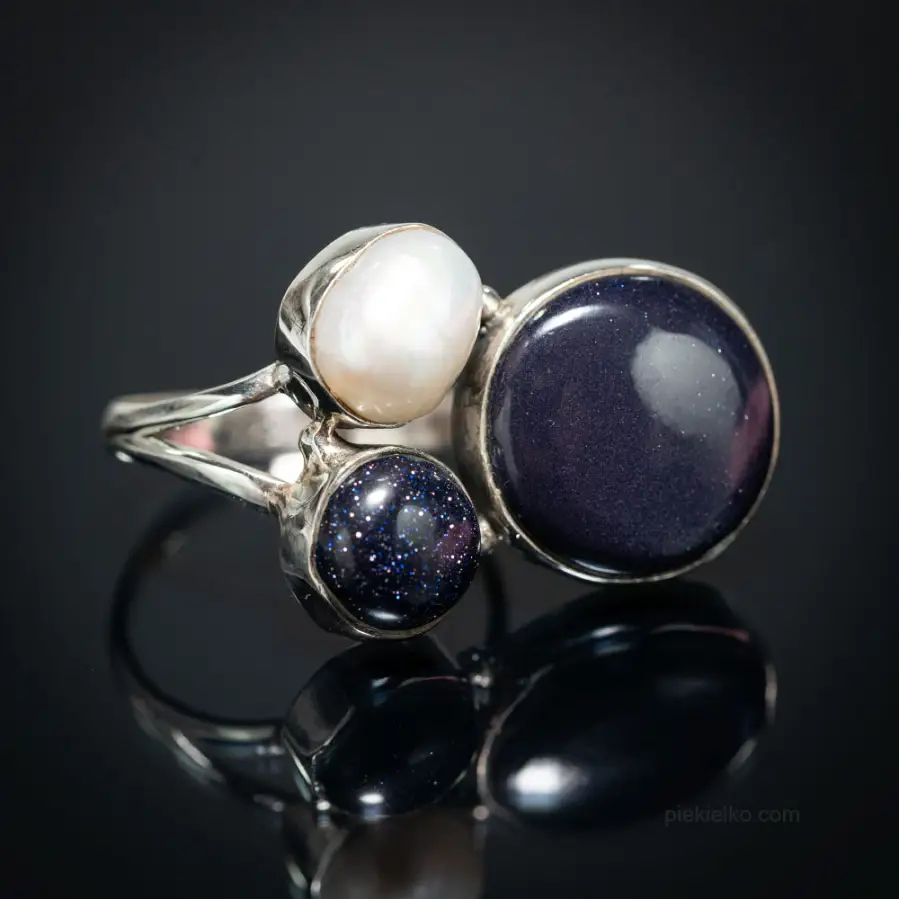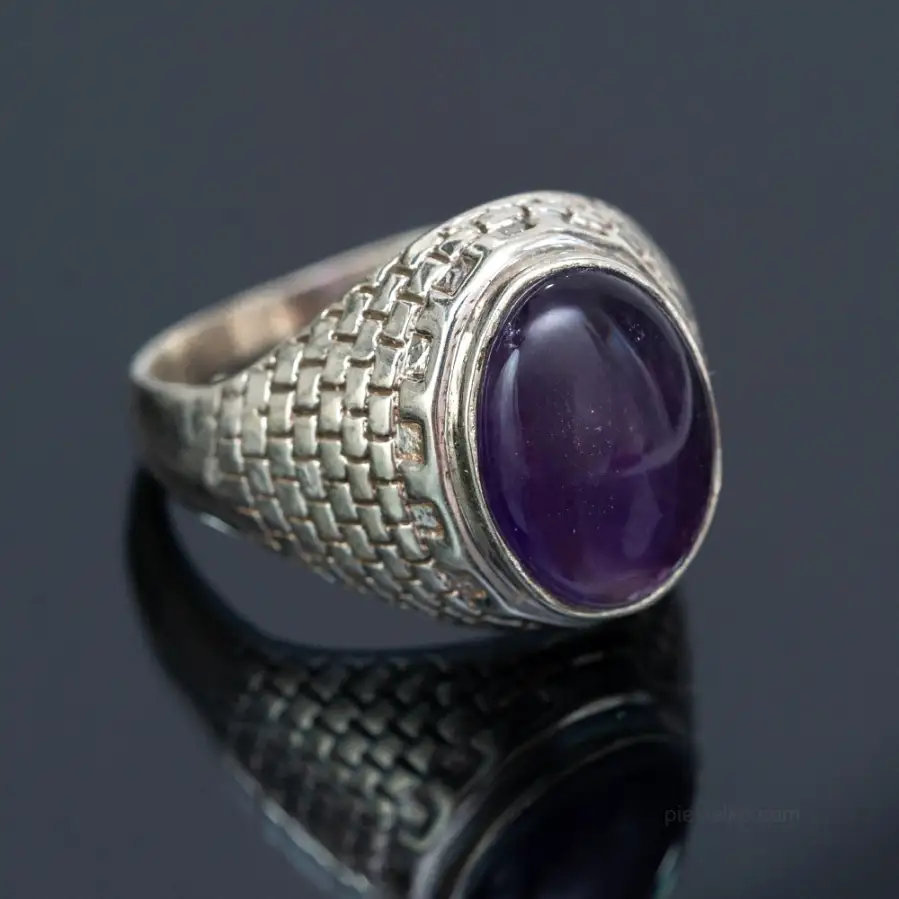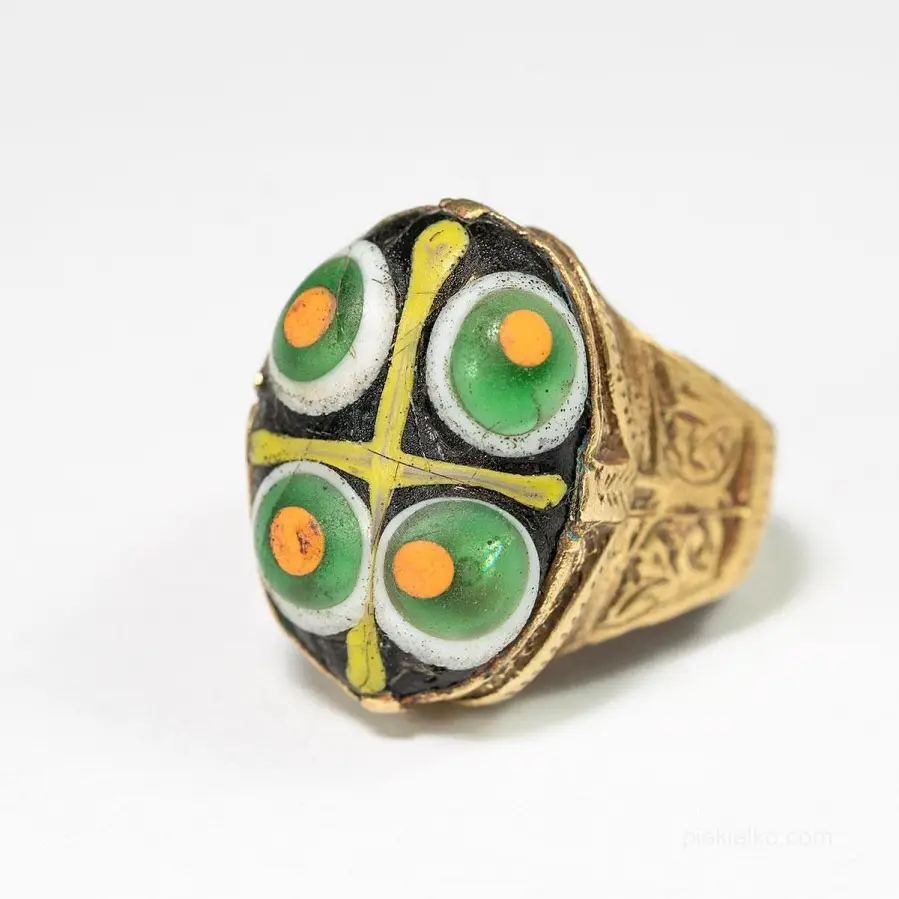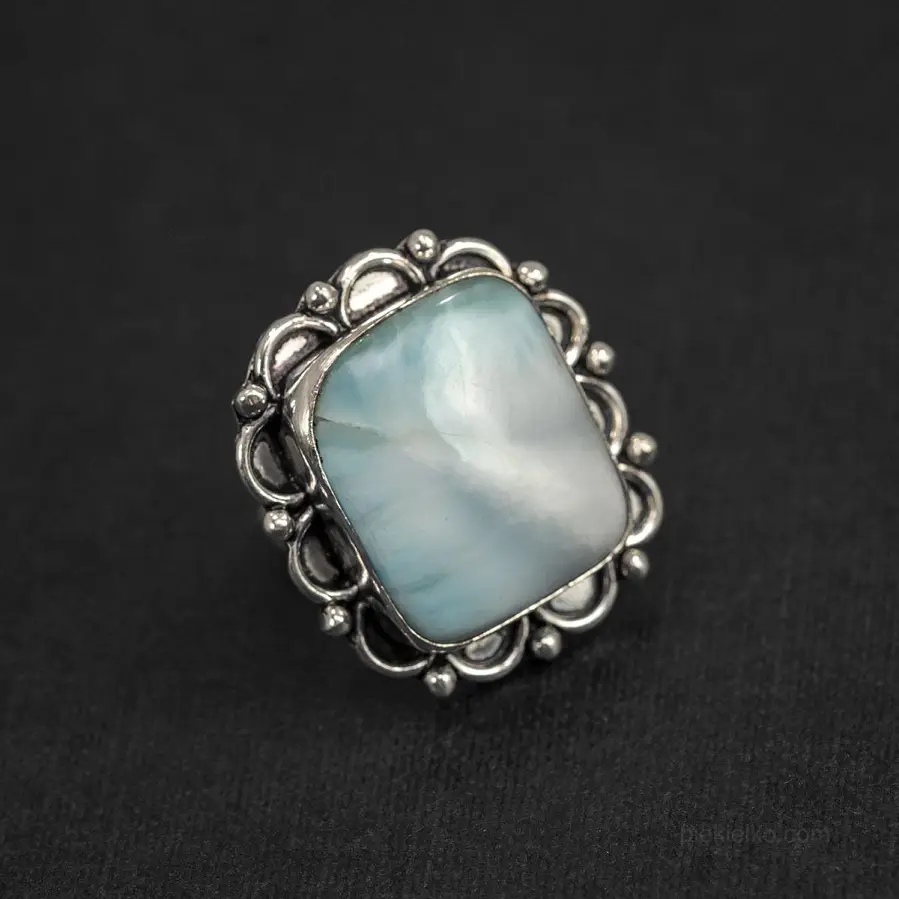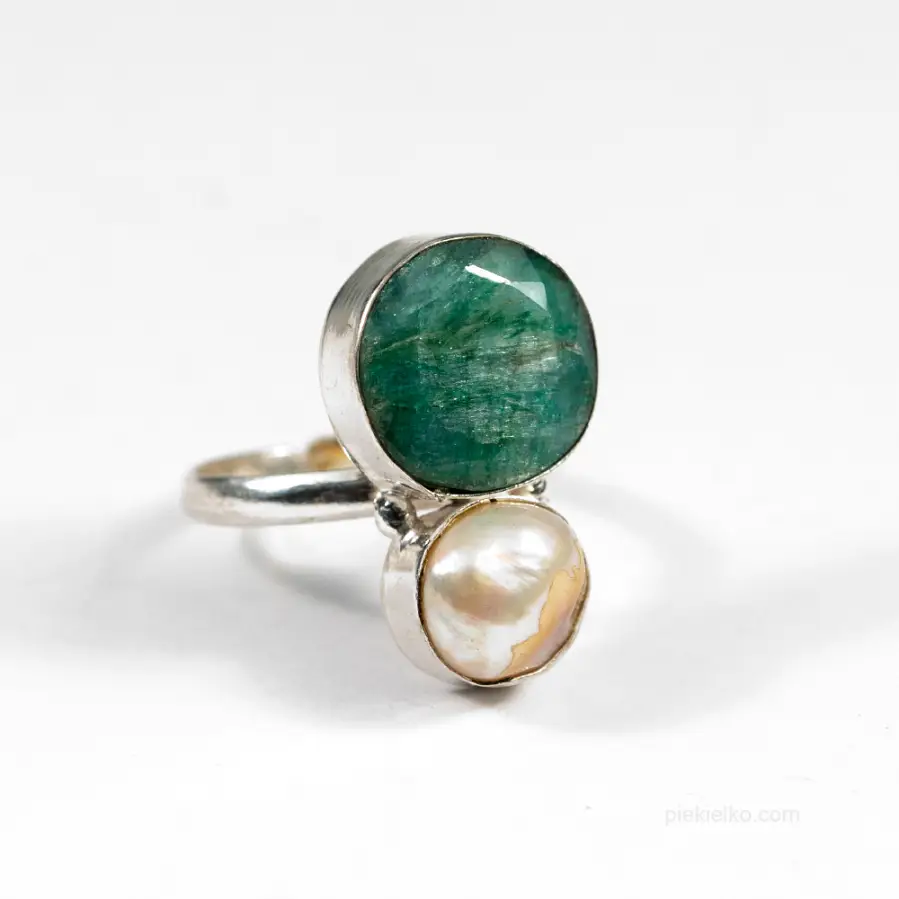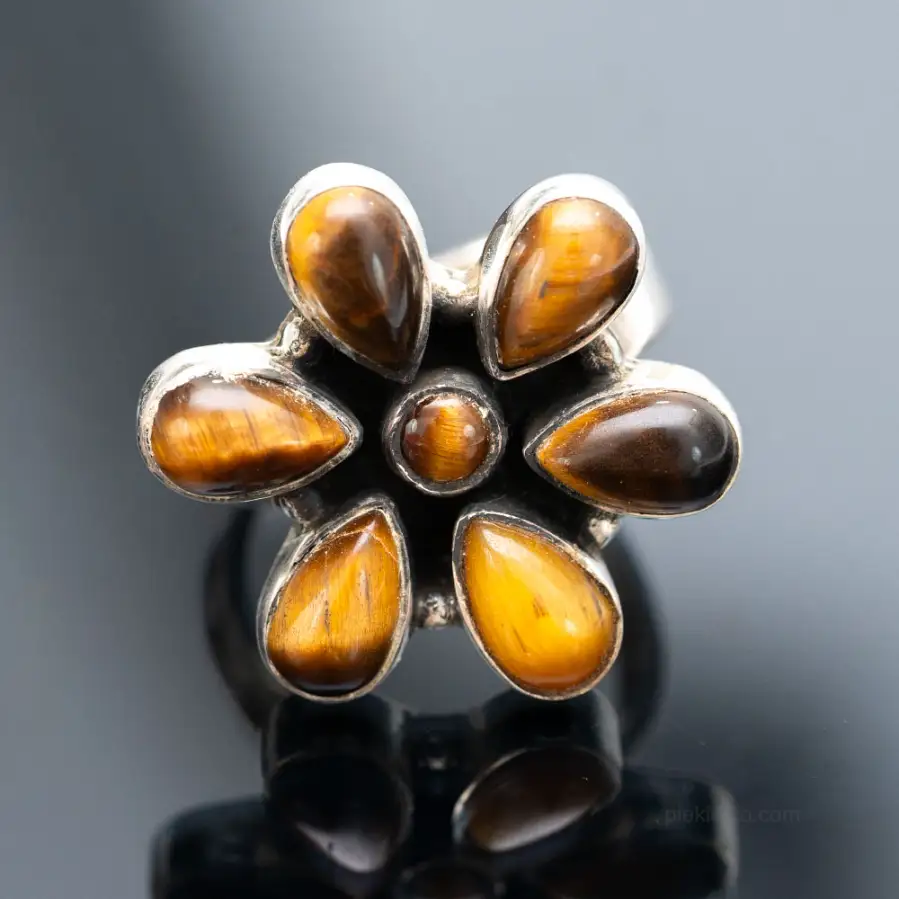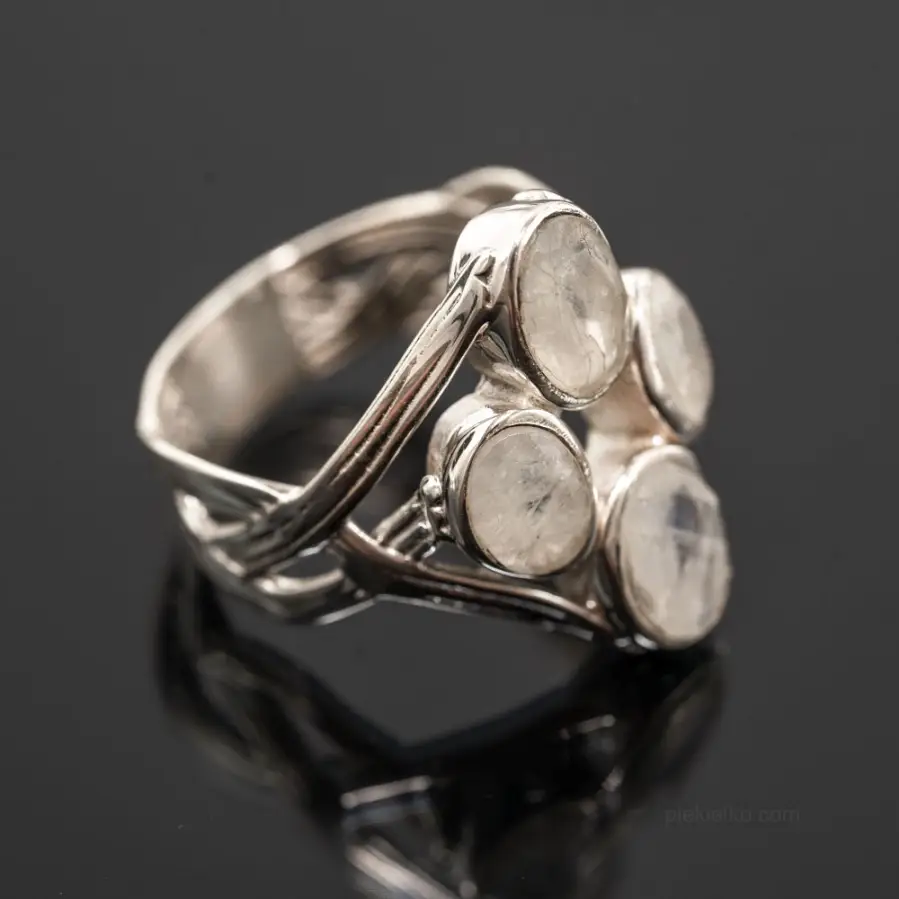Bon-odori - a dance for the spirits of the dead

The tradition of honoring deceased ancestors exists in all countries of the world, taking culturally appropriate unique forms. Japan's summer festival, O-Bon, is an annual meeting with the spirits of deceased relatives who arrive home that day and an opportunity to pay respects to them.
This originally religious Buddhist celebration has evolved over time into a family reunion holiday. Residents of major cities then return to their hometowns to visit and clean up the graves of loved ones.
O-Bon, traditionally combined with a dance festival, has been held in Japan for more than 500 years. In the eastern part of the country, it is held from July 13 (O-Bon of Welcome) to July 16 (O-Bon of Farewell), while in western Japan it is held in August. In recent years, most districts in Tokyo have been holding O-Bon during the summer vacations in August.
To ensure that the souls of the ancestors successfully reach their homes, a welcoming fire - mukaebi - is lit in front of the entrance. This used to be a real fire lit from flax stalks, but modern reality has brought an adjustment to this tradition - many Japanese greet ancestral souls by carefully lighting their way with stylized electric lamps.
Bon-odori dance
The source of the tradition linking the dances to the O-Bon holiday is the legend of a Buddha disciple named Mokuren (known by other names outside Japan). In one vision, Mokuren saw his mother in the "realm of hungry ghosts." Terrified, he turned to the Buddha to ask how he could free her from there. The Buddha replied that the disciple should hold a grand ceremony on July 15 for the last seven generations of the deceased. Mokuren did so and achieved the release of his mother. In the process, he realized her selflessness and how many sacrifices she had made for him. The disciple began to dance for joy, happy that his mother had regained her freedom and grateful for her kindness.
From this dance of joy came the Bon-odori, or "Bon dance," which during the O-Bon holiday reminds people of their ancestors and their sacrifices. The tradition of Buddhism, which came from outside, blended harmoniously with the age-old worship of ancestors in Japanese culture. Beginning in the Edo period (1603-1868), O-Bon has found a permanent place in the lives of Japanese people, not inferior in importance to the New Year holidays.
Buddhist temples or city squares could serve as a place to perform the dance. Nowadays, Bon-odori is not only one of the rituals for remembering the dead, but also an integral part of summer festivals in various localities. Dancers either gather in a circle, moving to the rhythm of Japanese drums, or walk in procession through the city streets. A traditional Bon dance was not necessarily performed to a traditional tune; often some well-known folk or even movie tune is played.
There are two varieties of Bon-odori: the traditional dance, which has remained unchanged for centuries, and the modern dance, with folk and popular songs, which developed after World War II.
Only the music must always be cheerful, so as to joyfully welcome the spirits of the ancestors, while effectively warding off evil spirits. Bon-odori can be danced in the street, but also on the shore of the sea or lake. The dancers tell a specific story with their movements - about the region, about work, about the sea. It is a group dance, and one can join in at any time. The party (which used to be more of a ritual) begins at dusk and lasts for several hours or even all night. According to the lunar calendar once used, there was always a full moon on the 15th day of the 7th month, which created the conditions for an exceptionally long party.
O-Bon is reminiscent of Dia de Muertos, a Mexican holiday from the pre-Columbian era, and in some respects also the Evangelical Sunday of Eternity.
- Created on .
- Last updated on .
- Hits: 7729


